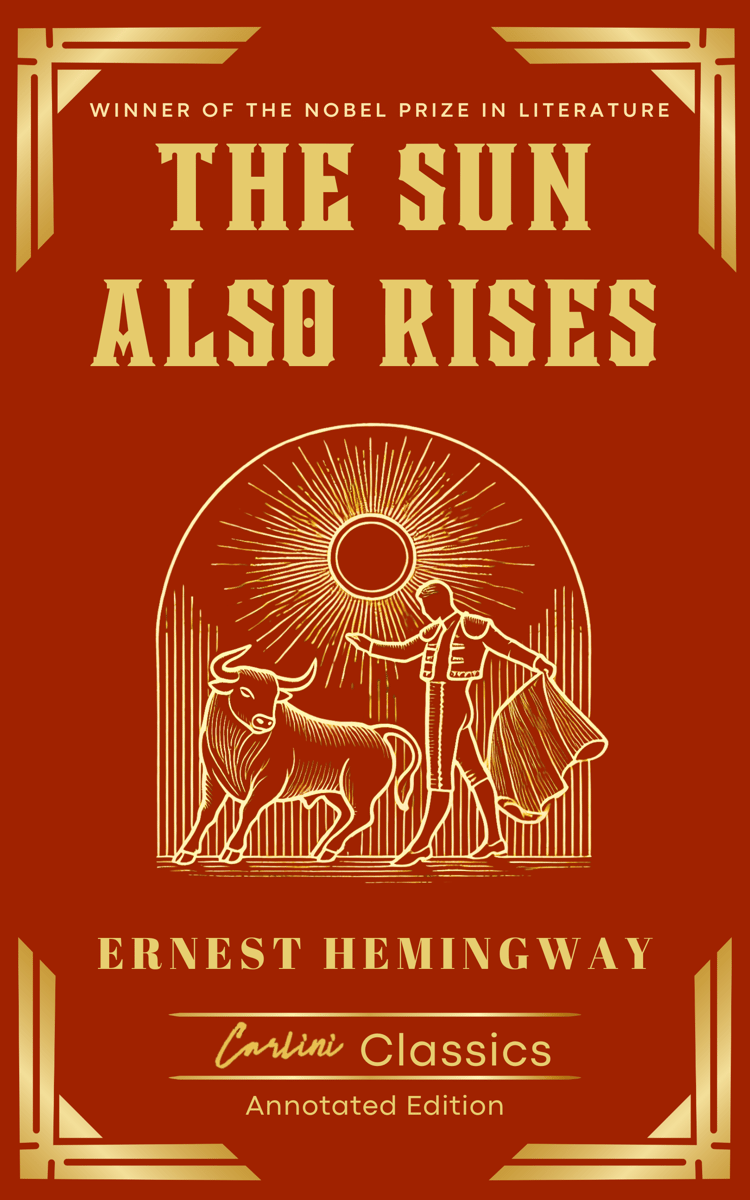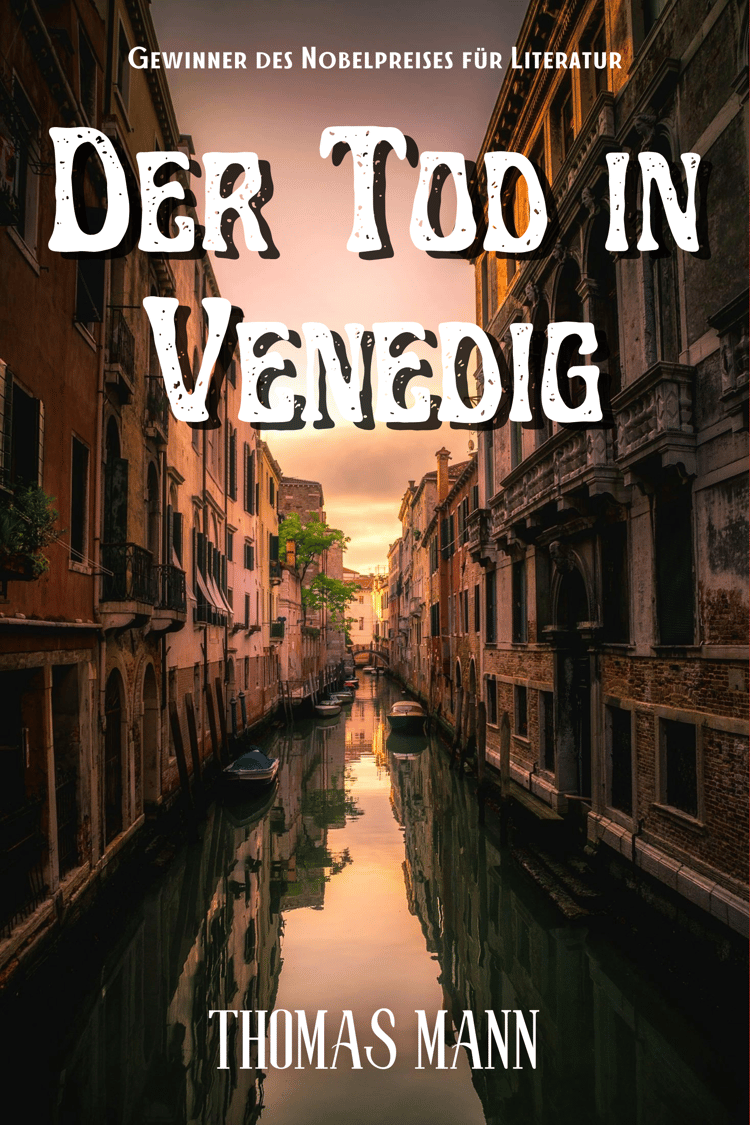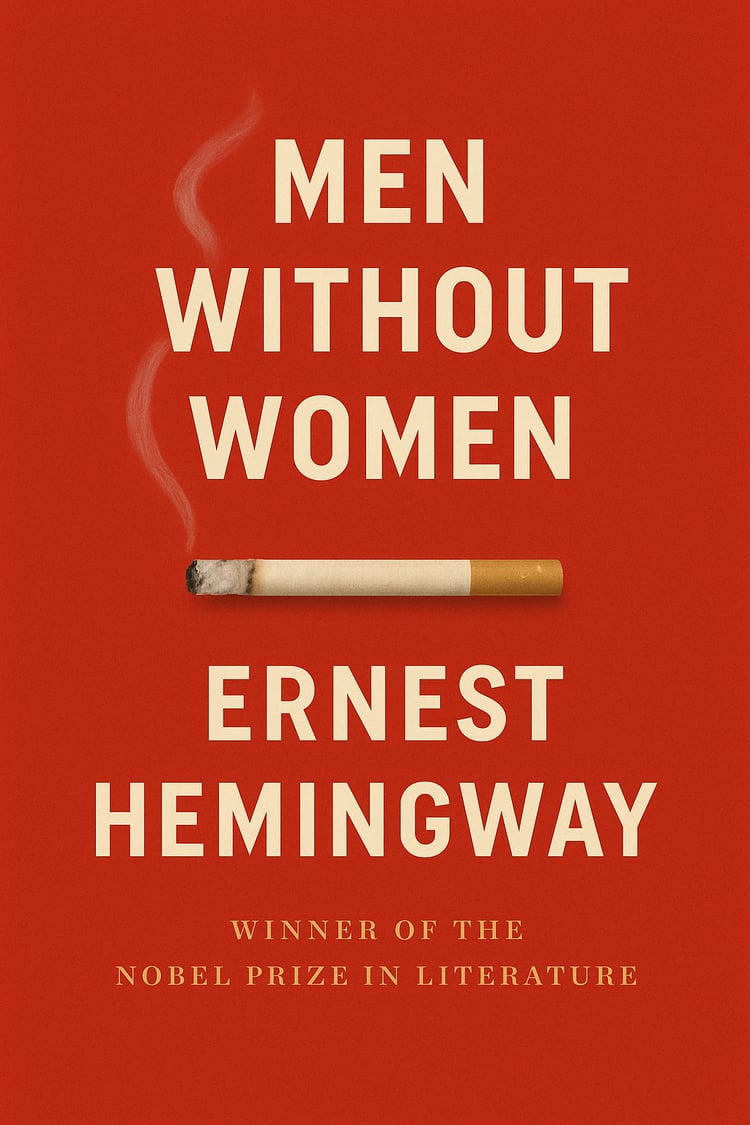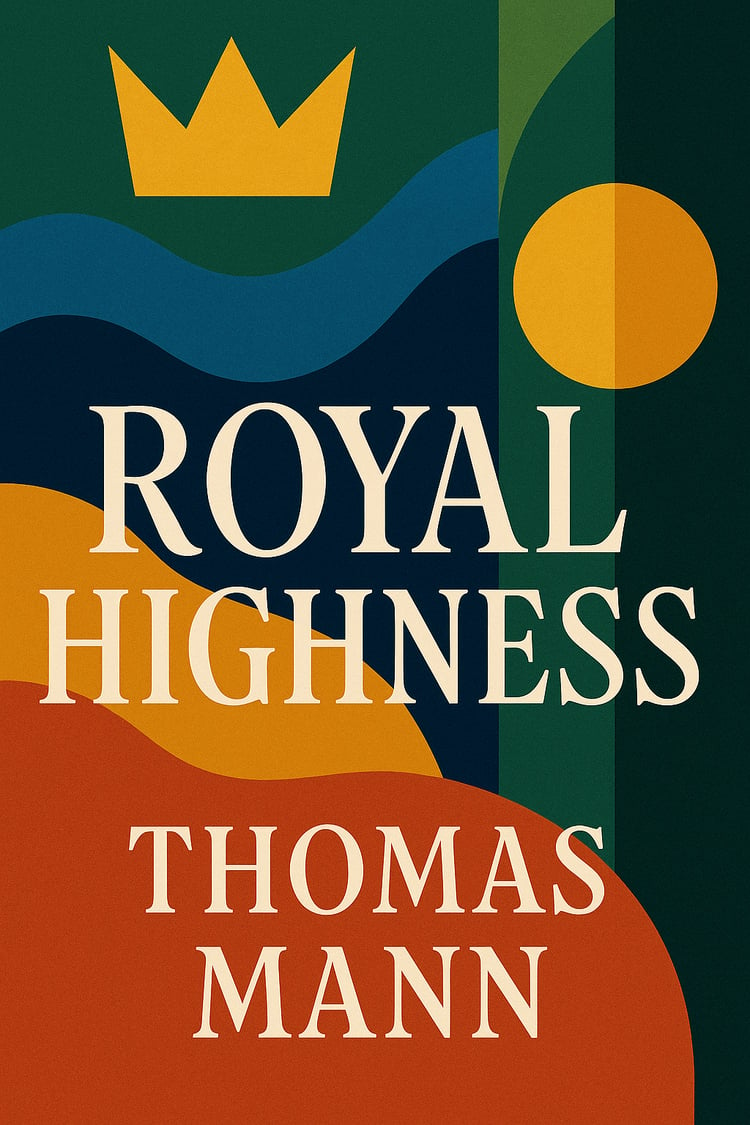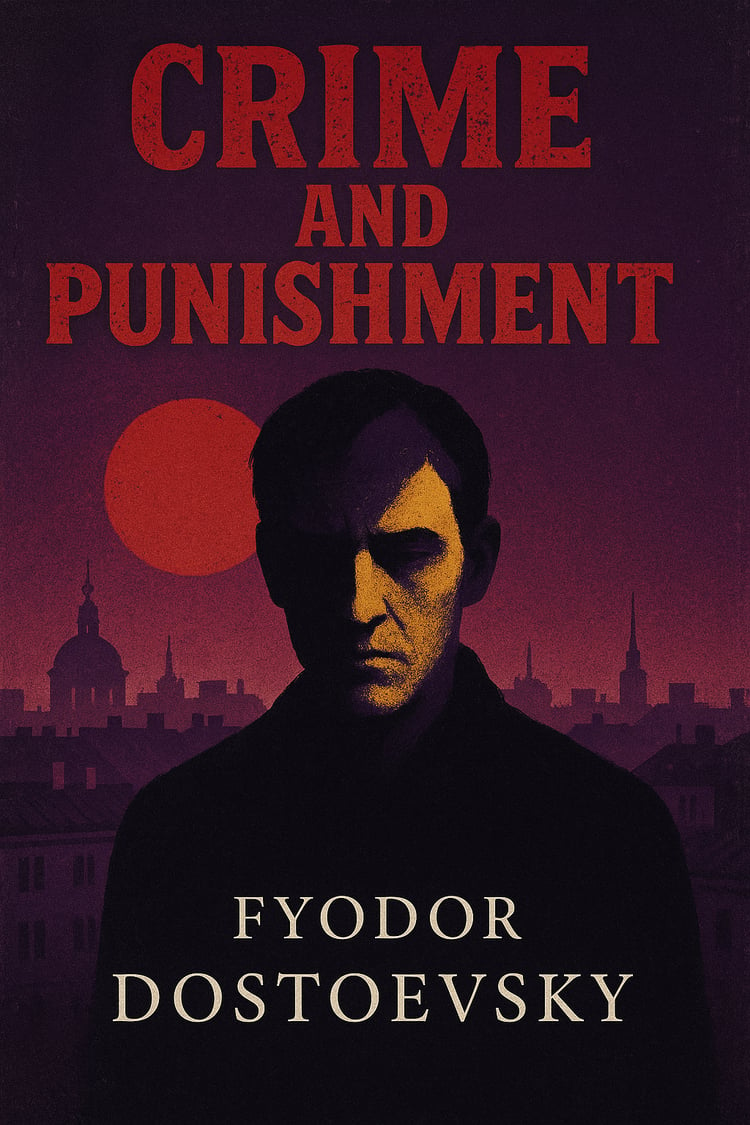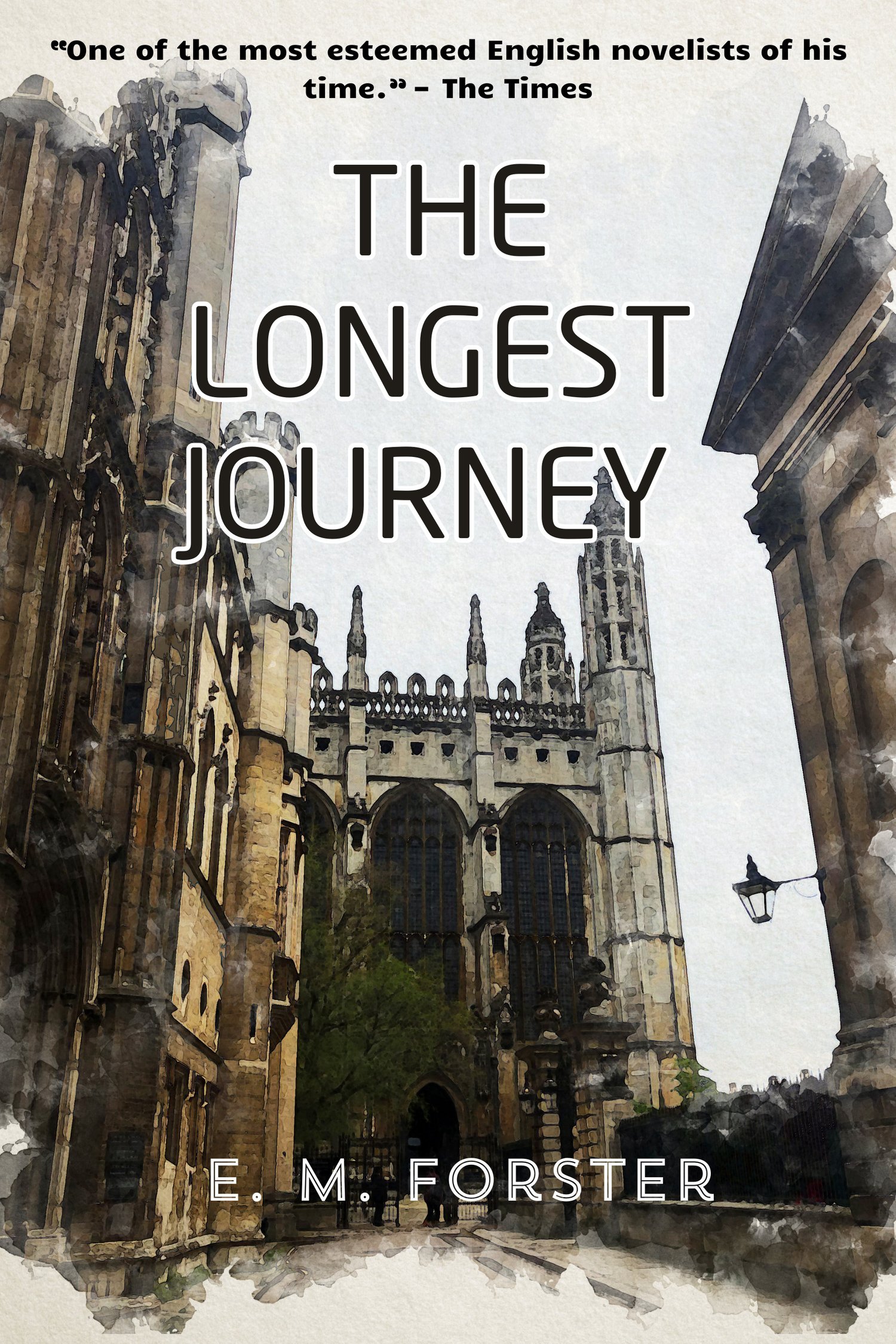
The Longest Journey
The Longest Journey by E. M. Forster is a novel first published in 1907, often regarded as one of his most personal and introspective works. The story follows Rickie Elliot, a sensitive and idealistic young man who struggles to reconcile his aspirations with the realities of life. The novel explores themes of truth, authenticity, and the tension between societal expectations and individual desires. Rickie’s journey is both literal and metaphorical, as he navigates relationships with his friends, family, and the woman he loves, while grappling with his own identity and the meaning of art, love, and morality. Forster’s prose is rich with symbolism and philosophical undertones, making The Longest Journey a deeply reflective and poignant exploration of human experience.
The novel is set in early 20th-century England and is divided into three parts, each reflecting a different stage of Rickie’s life. The first part introduces Rickie as a student at Cambridge, where he forms a close bond with his friend Ansell and falls in love with Agnes Pembroke. The second part sees Rickie married to Agnes and living a life of compromise, as he suppresses his artistic ambitions to conform to societal norms. The final part brings a dramatic shift, as Rickie is forced to confront the consequences of his choices and the truth about his family. Forster’s portrayal of Rickie’s inner turmoil and the complexities of human relationships is both compassionate and unflinching, offering a nuanced critique of the rigid class structures and moral hypocrisies of his time.
Though not as widely read as Forster’s later works like A Room with a View or Howards End, The Longest Journey is considered a significant achievement in his literary career. It showcases his early experimentation with narrative structure and his ability to weave philosophical questions into compelling fiction. The novel’s exploration of themes such as the search for truth, the nature of art, and the struggle for self-realization continues to resonate with readers, making it a timeless and thought-provoking work.
About the author
E. M. Forster (1879–1970) was an English novelist, short story writer, and essayist, best known for his exploration of class, morality, and human connection in early 20th-century England. His works, including A Room with a View, Howards End, and A Passage to India, are celebrated for their insightful social commentary and richly drawn characters. Forster was also a member of the Bloomsbury Group and a vocal advocate for personal freedom and tolerance. His novels remain enduring classics, admired for their wit, humanity, and profound understanding of the human condition.



